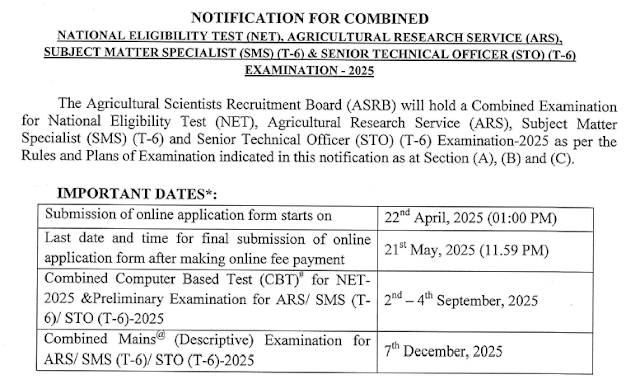The Green Crusaders: How Plant Scientists Transformed Human Health
By Farin Khatoon
Once upon a time, nestled in the rolling fields of scientific discovery, there were heroes whose work quietly shaped the very fabric of human health. These were not warriors in shining armor, but plant scientists, visionaries who saw potential in the humble flora around us. Each of their stories is a testament to the incredible power of plants and their role in enhancing our lives.
George Washington Carver: The Farmer’s Savior
Picture the early 20th century in the American South, where cotton had exhausted the soil. Enter George Washington Carver, a scientist born into slavery who dreamed of a better life for farmers. Carver’s breakthrough came when he promoted crop rotation and alternative crops like peanuts and sweet potatoes. Not only did his work restore soil health, but it also introduced these nutrient-rich crops into everyday diets, combating malnutrition and poverty. His legacy reminds us how innovation can spring from adversity.
Barbara McClintock: The Genetic Explorer
In the labyrinth of maize chromosomes, Barbara McClintock found her life’s work. She discovered "jumping genes," or transposons, which revolutionized our understanding of genetics. This insight, which earned her the Nobel Prize in 1983, paved the way for advances in genetic medicine. Today, McClintock’s work influences treatments for hereditary diseases, showing that even the smallest discoveries can have enormous impacts.
Barbara Demmig-Adams: The Light Protector
High in the Rocky Mountains, Dr. Barbara Demmig-Adams studied the mysterious xanthophyll cycle in plants. She uncovered how carotenoids protect plants from damage caused by excessive sunlight, a revelation with profound implications for agriculture and human nutrition. Her work inspires efforts to engineer crops that are not only more resilient but also nutritionally enhanced.
Raymond L. Rodriguez: The Genomic Pioneer
On the bustling campus of UC Davis, Dr. Raymond Rodriguez delved into the molecular world of rice. His research led to the cloning of the rice alpha-amylase multigene family and the expression of human proteins in transgenic rice. This groundbreaking work bridged the worlds of plant biology and human health, contributing to innovations in nutrition and personalized medicine.
Phil Needleman: The Pharmacological Visionary
Though not a plant scientist in the traditional sense, Dr. Phil Needleman’s discoveries in biochemistry often relied on plant-based compounds. His work on inflammation pathways contributed to the development of life-saving drugs like Celebrex, used to treat arthritis. Needleman’s career demonstrates how plant-inspired biochemistry can lead to transformative therapies.
A Living Legacy
These stories are not just tales of individual brilliance—they’re reminders of the boundless potential of nature and the human mind. As someone deeply inspired by plant science and its capacity to heal, I, Farin Khatoon, find these narratives a source of endless fascination. They encourage us to look closer at the plants around us, to see not just their beauty but their untapped potential to transform our lives.
Plant scientists are the unsung heroes of human health, proving that innovation often grows where we least expect it: in the soil beneath our feet.
References
- Danforth Plant Science Center. "Celebrating Black Plant Scientists Throughout History." Read more
- Kew Gardens. "Celebrating Women in Science." Read more
- American Society of Plant Biologists. "25 Inspiring Women in Plant Biology." Read more
- Wikipedia. "Raymond L. Rodriguez." Read more
- Danforth Plant Science Center. "Honoring Dr. Phil Needleman." Read more


Comments